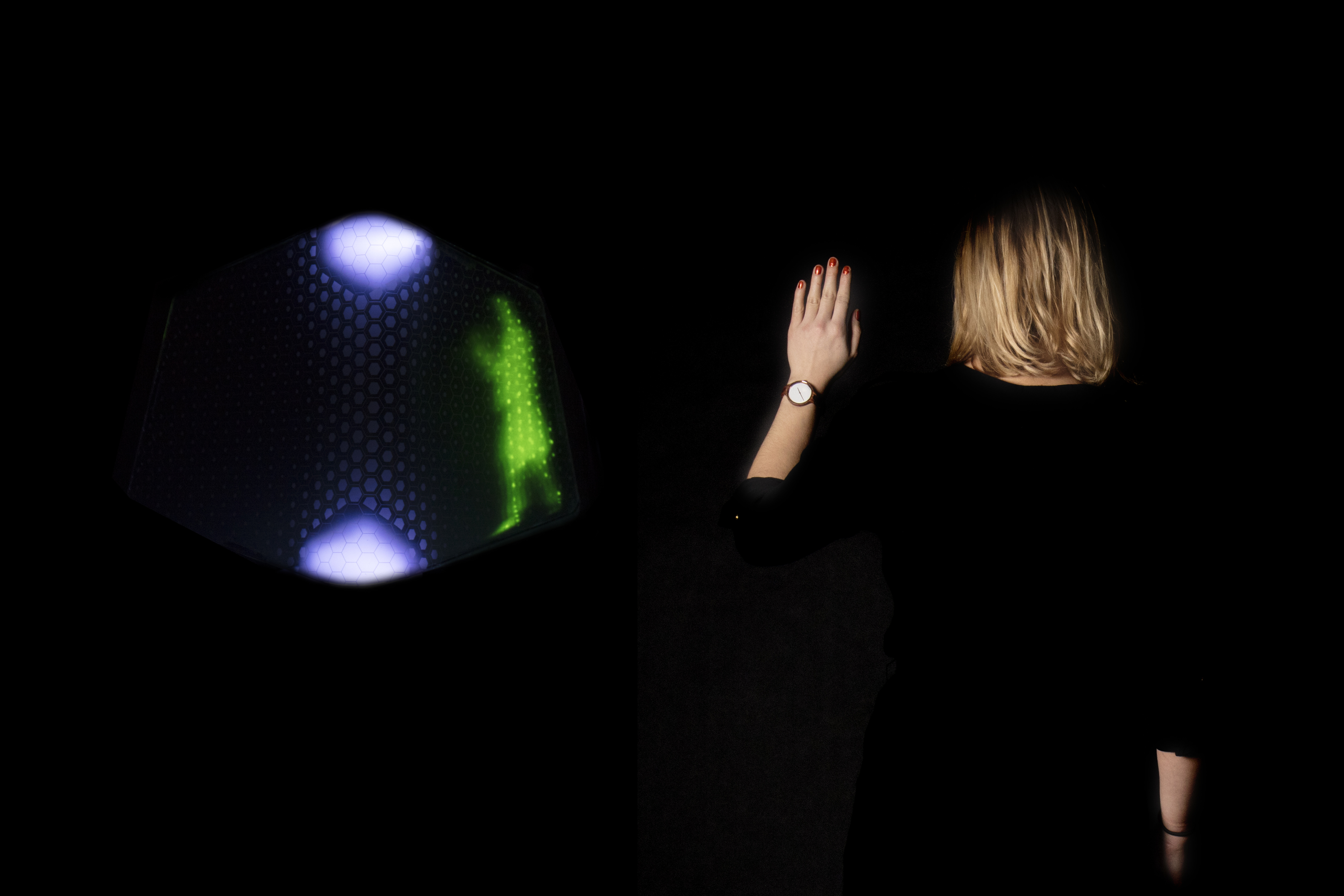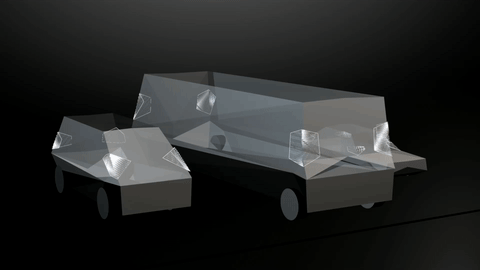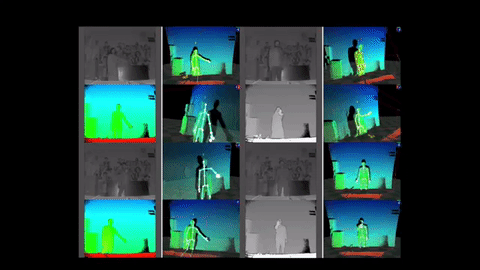blink: humanising autonomy


Waving at the autonomous vehicle
Autonomous vehicles create the opportunity to redefine the relationship between pedestrians and vehicles in the city of the future. Currently, the primary method of communication between vehicles and pedestrians is fundamentally one between humans: through movement, subtle body language, and eye contact. Since autonomous vehicles lack a driver, how can we replicate these interactions to enhance trust and safety?
Blink is a communications device that adds a human touch to this interaction through a new language that allows for two-way communication between pedestrians and autonomous vehicles.
Featured in New Scientist, Fast Company.
Collaboration with Adam Bernstein, Leslie Nooteboom & Maya Pindeus.

Pedestrian gesturing for the autonomous vehicle to go ahead
While infrastructure exists to balance the power between pedestrians and vehicles, much of the current infrastructure was built around the needs of the vehicle. Aside from the potential of autonomous vehicles to cause far fewer accidents and fatalities in the urban environment, their arrival also provides an opportunity to rebalance the power dynamics and give pedestrians an equal weighting in the conversation between pedestrians and vehicles on the road.
A major hurdle to the implementation of autonomous vehicles in urban areas is that people are inherently distrustful of autonomous technology, with 74% of Americans feeling that autonomous vehicles will not be safe when released.
While a lot of attention has been given to the interior features and passenger experience of autonomous vehicle concepts, how people outside these vehicles feel when interacting with autonomous vehicles is largely ignored. Some autonomous car concepts indicate to pedestrians when it is safe for them to cross the road; however this interaction is very prescriptive - always the vehicle telling the pedestrians what they can and cannot do.

Displays would be embedded at eye-level in the four corners of different types of autonomous vehicles
Blink takes a different approach by creating a language for two-way communication between pedestrians and autonomous vehicles in order to create trust between man and machine.
Blink uses visual displays fitted to the four corners of the autonomous vehicle, which display the silhouettes of pedestrians around the vehicle to show that the vehicle has acknowledged their presence. If a pedestrian wants to cross and they're not at a crosswalk, they can hold up their hand, and the car will stop (provided it can brake in time) and light up with a green walk signal on the displays to let the pedestrian know that it is safe to cross. If they don't want to cross, they can wave the vehicle ahead, and it will signal that it understands and continue.

Training gestures with the machine
Blink learns and responds to the human gestures using a form of supervised machine learning. The design allows for the training of hundreds of culture-specific gestures that would reflect the complexity of the road situation across different cultures and localities. Through displaying how the autonomous vehicles perceive pedestrians and their intentions, Blink aims to create the essential aspect of trust between pedestrians and autonomous vehicles.
Through this new common language, where pedestrian presence and intent is communicated and acknowledged, we can encourage a more empathetic manifestation of autonomous technology to create a safer and more pleasant road environment.
Visit Humanising Autonomy for more details.
